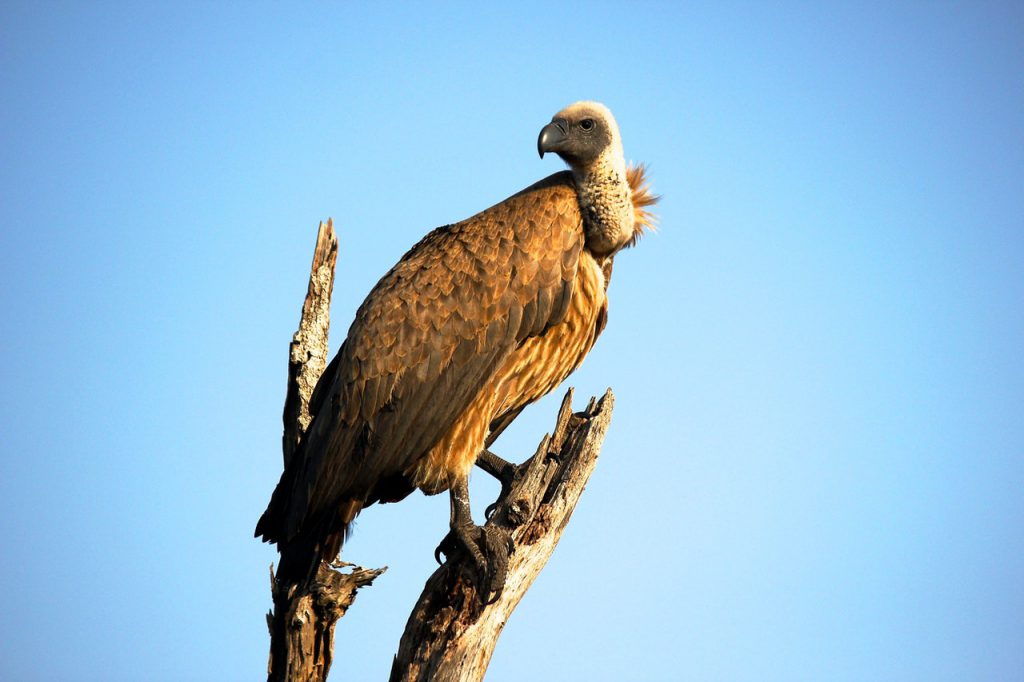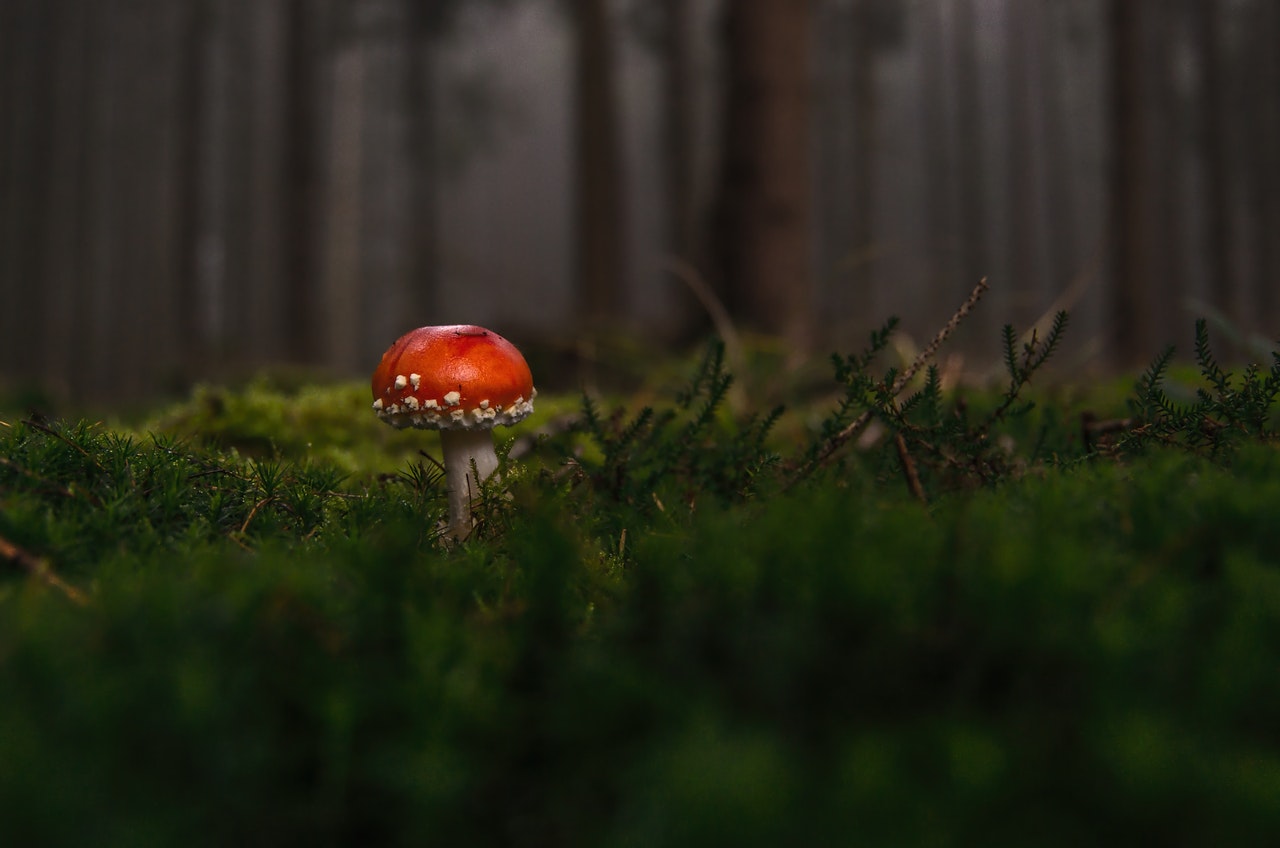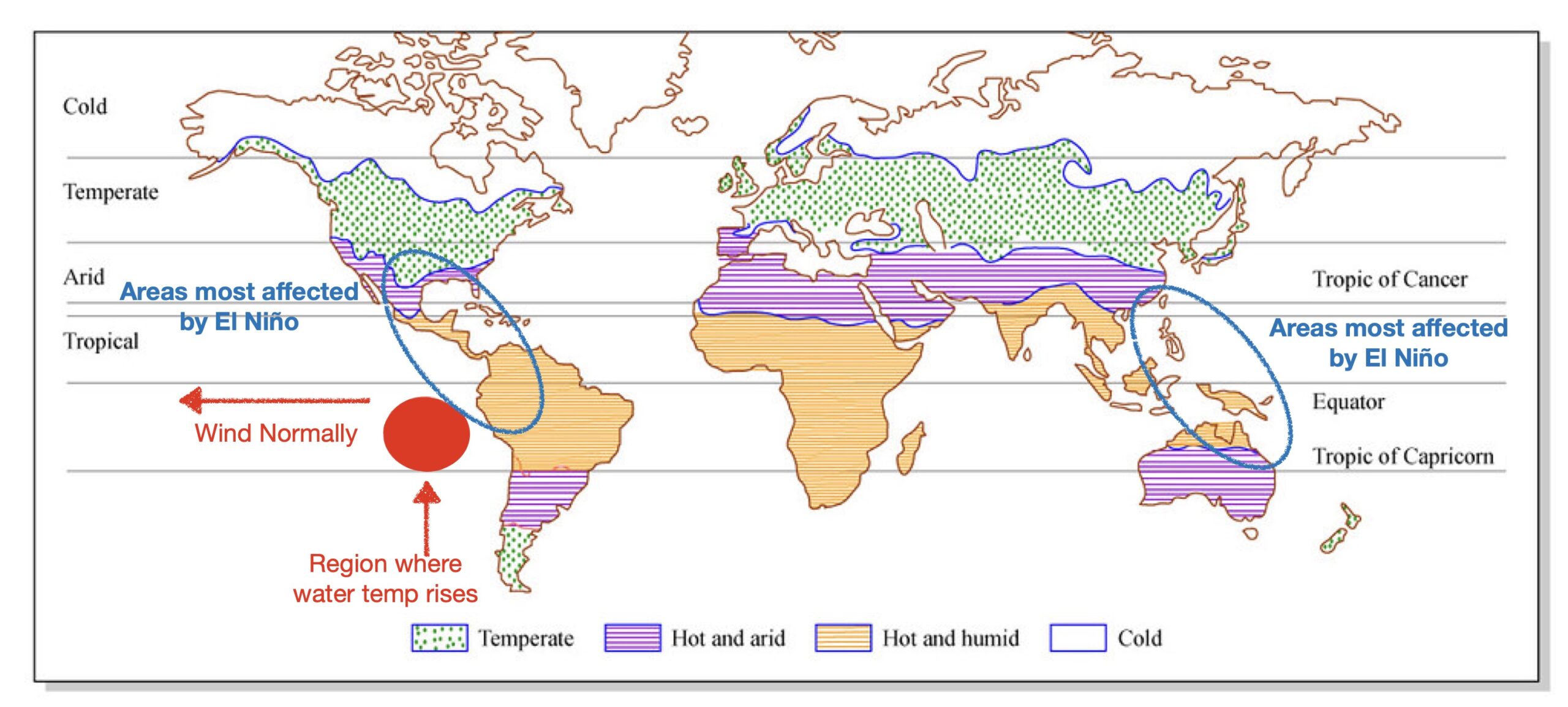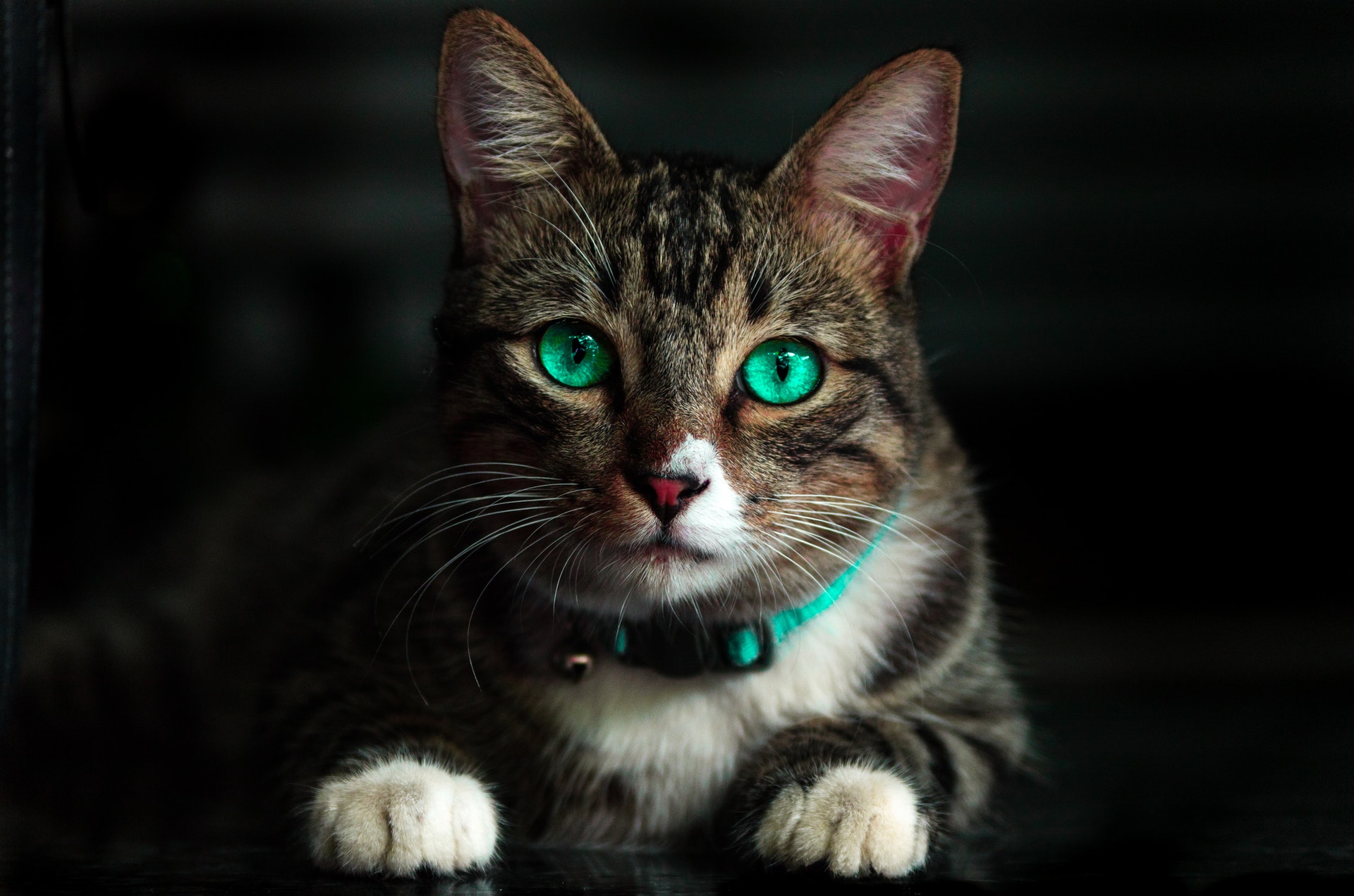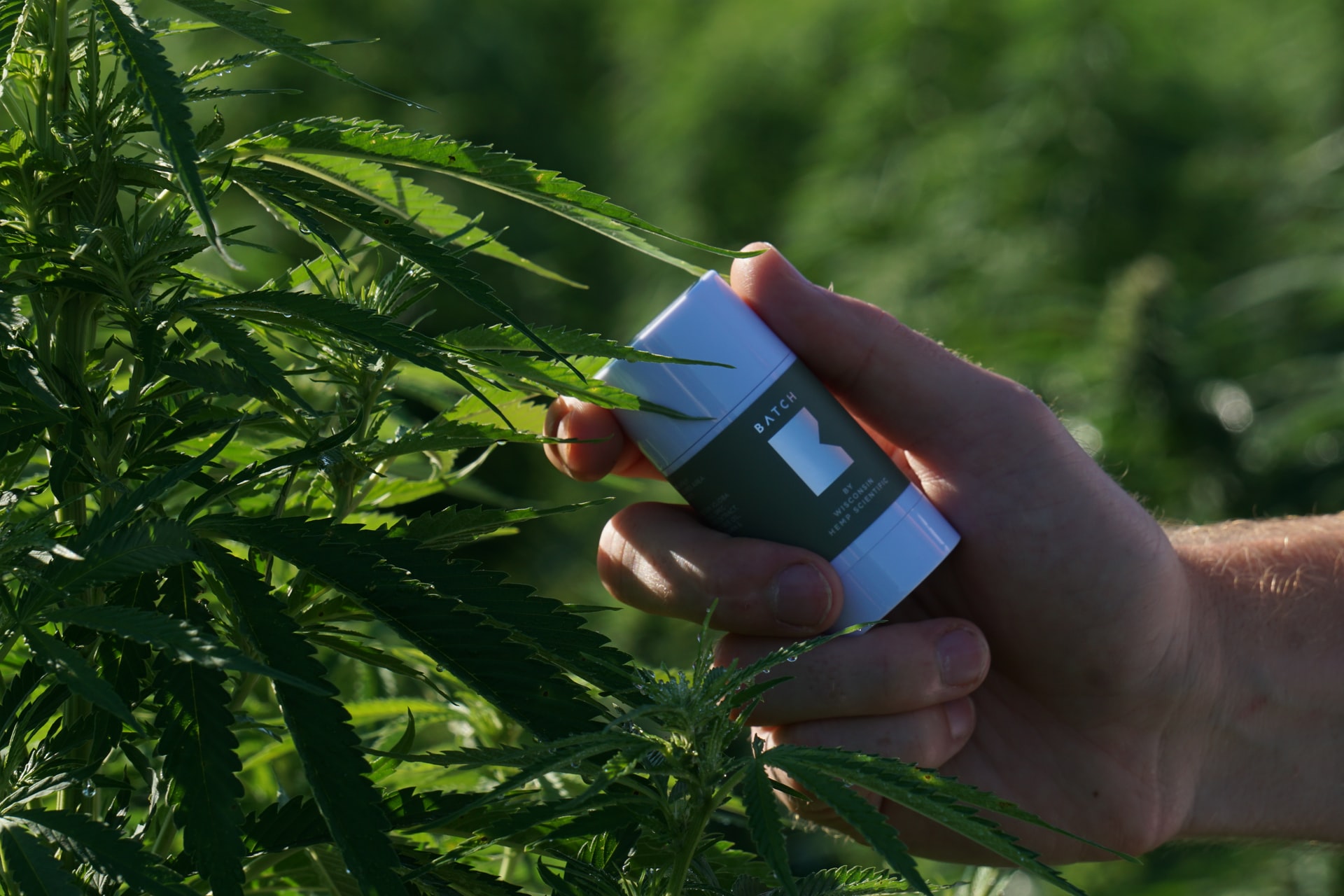Reading Time: 2 minutes
-
- 11 out of 16 vulture species across Asia, Africa & Europe are at a high risk of extinction.
- The decline in vulture population was first realised in India & it was found that between 1985-1986 and 1996-1997, the population of a breed declined by 97%.
- Similar declines were then found in Nepal & Pakistan.
- Researchers from various countries collaborated & found that the birds were dying from severe kidney failure and had white paste on internal organs (post-mortem).
- Both of these conditions were conclusively attributed to Non-Steroidal Anti-Inflammatory Drugs (NSAID).
- It was found that Diclofenac, an NSAID, had become commonly available in South Asia in the 1990s (or early 2000s in some countries).
- And it was as effective on cattle as on humans for reducing joint or muscular pain.
- As it was cheap, people were applying Diclofenac on cattle to soothe them and to keep them working longer.
- And since vultures scavenge on dead cattle, they were consuming Diclofenac from dead animals, 10% of which were found to be contaminated with the drug.
- Research suggests that the decline in vulture population being seen could be caused by contamination of 1% cattle & 10% was way too much.
- Diclofenac was banned for veterinary use in India, Nepal & Pakistan in 2006, and since then, declines have slowed down, but the drug is still used in certain parts illegally.
- The drug is legally available & used in 5 European countries, including Spain & Italy, where 90% of European vultures live.
- In Africa, poachers use the drug deliberately to target vultures, which can reveal poaching by circling in the sky; fewer vultures would mean less risk for them.
- Vulture’s body parts are also in demand in Africa as these are used to make traditional medicine; that also incentivises their killing.
- Vultures, through scavenging, clean the environment, and their absence means stray dogs and rodents feeding and littering carcasses, spreading diseases.
- Or the governments collecting carcasses from fields, adding to the costs and greenhouse gas emissions; the collapse of vulture populations is estimated to have cost $34 billion to India alone.
Also Read:
How chicken became the staple diet of the world?
Image courtesy of Karen Alchin through Pexels
Reference shelf :

